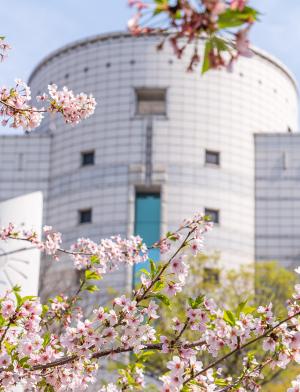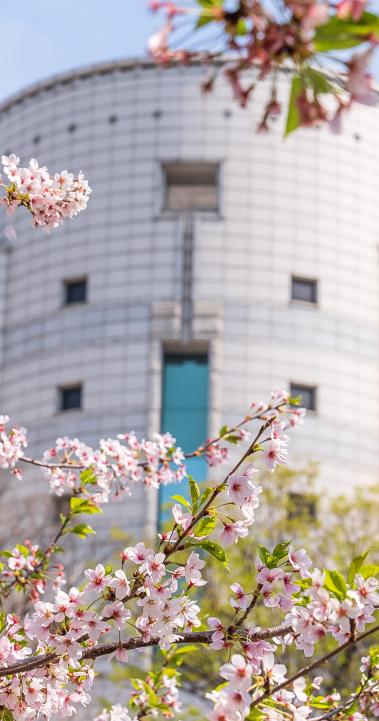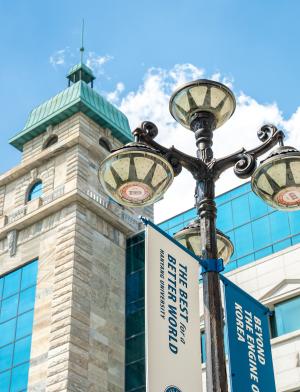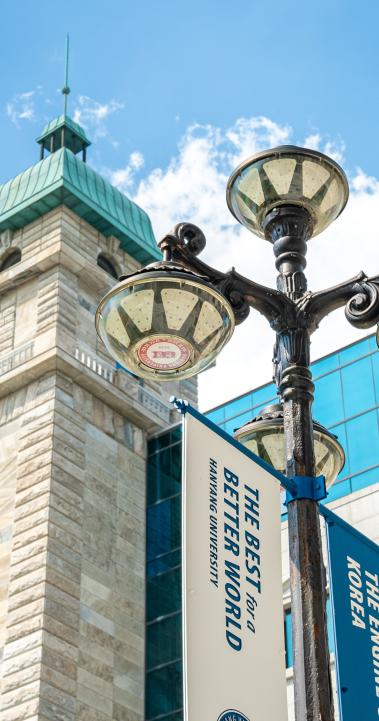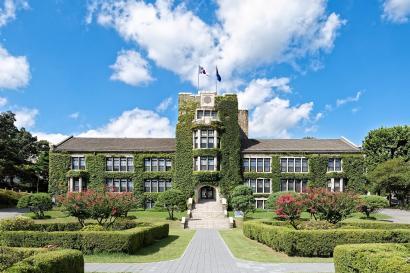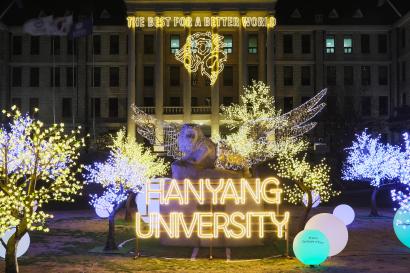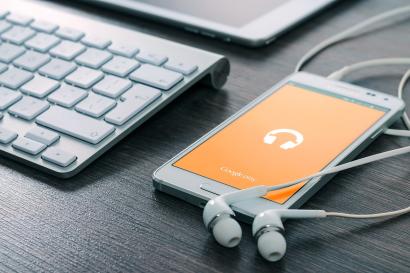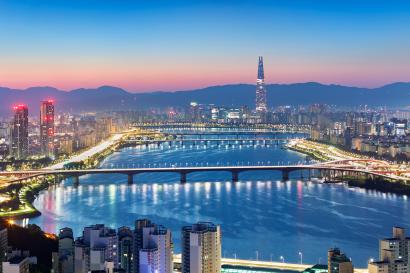Public Transportation In Seoul
Knowing the local transportation system will be a lifesaver while studying abroad at Hanyang University in Seoul. It will allow you to easily explore the city in your spare time and travel off campus more independently. Even though it might be intimidating to navigate an unfamiliar place when you don't speak the language, it is possible with a little planning, so here are the best ways to move about this beautiful city.
Subway Trains
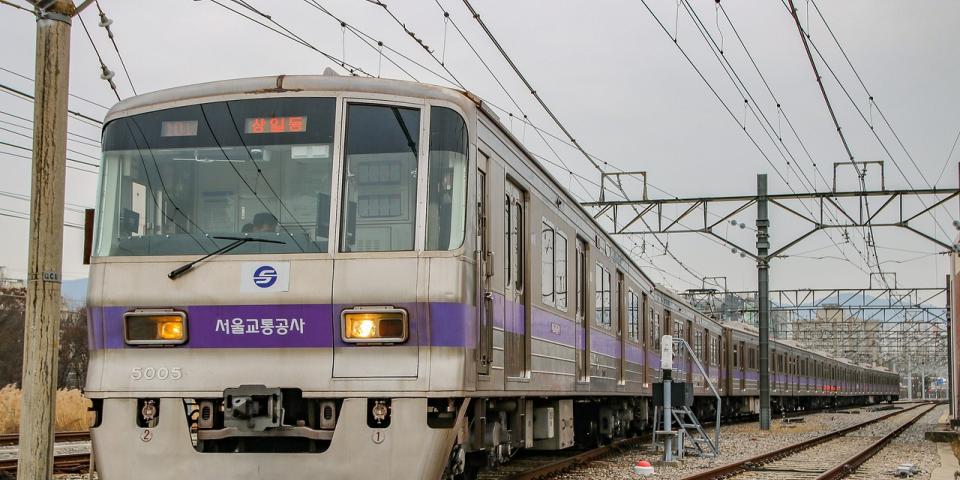
The Seoul subway system is among the most effective methods to get about the city and is often ranked as one of the finest in the world for sanitary conditions, user-friendliness, and convenience of use. There are Korean, English, and Chinese signs at each station, and each subway line is identified by color. A single or multiple travel pass is required to use this metro train, which depart at about 5:30 in the morning and stop at midnight.
To buy a single-ride pass at any subway station, you'll need to know your specific destination's cost and put down a 500-won refundable deposit. Tmoney, which can be bought at most convenience shops, is a multiple travel pass. Free transfers are available between different subway lines, and Tmoney users may also move between buses and subways without paying a fee. Apps like Seoul Subway, Subway Navigation by Kakao, and Metroid Korea Subway Info provide English-language routes, timetables, and transfer information for smartphone and tablet users.
Taxis
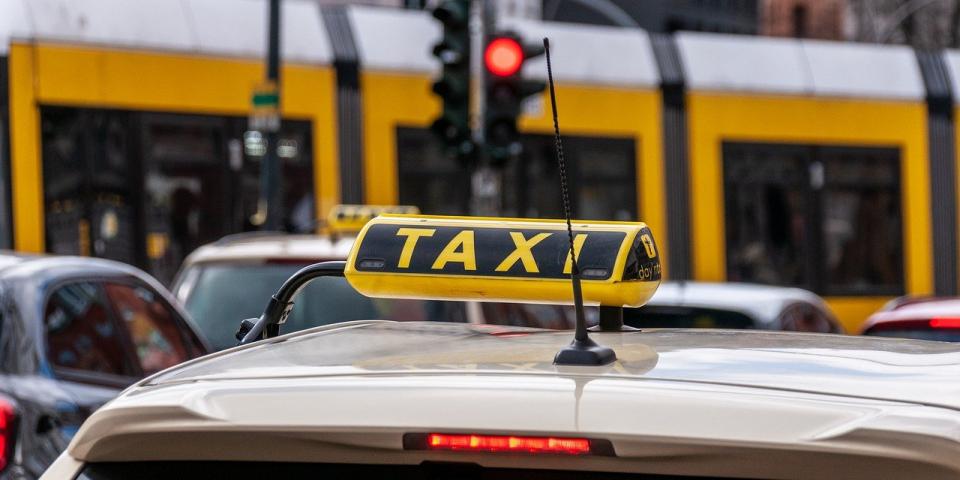
A convenient and cheap way to get to Seoul is via taxi. Taxis are easy to find and don't cost much. You can flag one down on the street or find one of the many cab stands near popular tourist spots. All taxis employ meters, with basic fares varying significantly for regular, international, deluxe, and giant cabs. Payment options in most cabs include cash, credit cards, and Tmoney. The taxi's class determines the fare, the distance traveled, and the time of day.
Standard Taxi
Regular cabs are the most frequent and inexpensive kind of taxi in Seoul. They can be quickly flagged down in almost any district. These taxis often come in orange, but you may also see some in white, gray, and other colors.
Luxury Taxi
Although luxury taxis do not have late-night usage fees, they have a higher flag drop price, fare per mile, and idle time than regular taxis. These cars are generally roomier, fancier, and more comfortable and drive quite safely. You may typically see deluxe cabs, which are black with gold stripes, around large hotels and tourist spots.
Jumbo Cab
Similar to deluxe taxis, jumbo cabs can accommodate up to eight people. The words "JUMBO" will be displayed on every Jumbo cab.
International Taxis
These taxis cater specifically to international visitors; the drivers may speak English, Chinese, or Japanese, depending on the vehicle's side panel. International taxis may be hired in advance or waved down on the street. The doors of international taxicabs will be marked "International," and they will be either black or orange. They charge a little more than standard taxis, but you can hire them for sets of three hours or more at a fixed price, and they'll even pick you up from the airport and drop you off at your destination.
Buses
Buses are another alternative for traveling around Seoul if your location is too far to walk. One thing to remember is that younger riders are expected to make way for older or disabled passengers by giving up seats at the front of the bus.
The public bus system in Seoul is very efficient, reasonably priced, and handy. Various kinds of buses are available: Korean buses come in multiple styles, from city to intercity buses. Buses between cities and regions are called intercity buses, whereas those that run inside cities are called city buses.
Bus stations have few English signs, so first-timers to Korea must prepare for their first journey. However, key stops are often announced in both English and Korean. There is a system of color-coding for the city's bus routes. Seoul Bus is only one of several English and Korean bus navigation applications available for download on smartphones and tablets.
For those who are up and about first thing in the morning, there is a 20% discount for all ages when they use a transit card and board for the first trip after 6:30 AM. While intercity buses are more costly, a city bus is still cheap to get to Seoul and the rest of South Korea.
Book a consultation with an SAF counselor for additional information about studying in South Korea when you are ready to see Seoul's streets.

